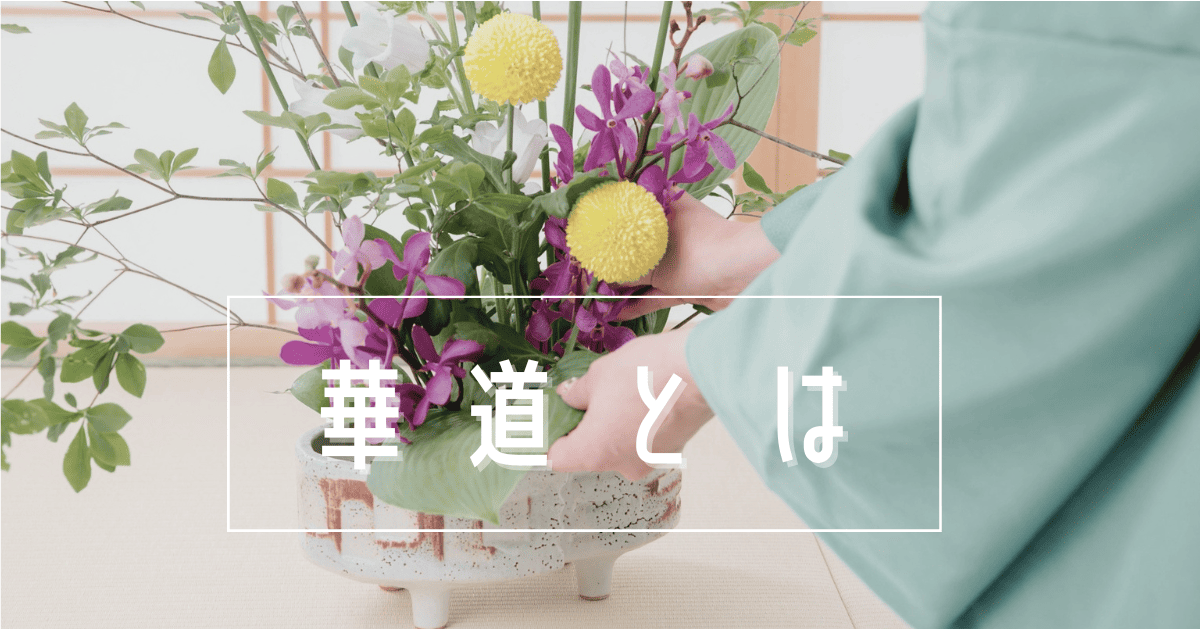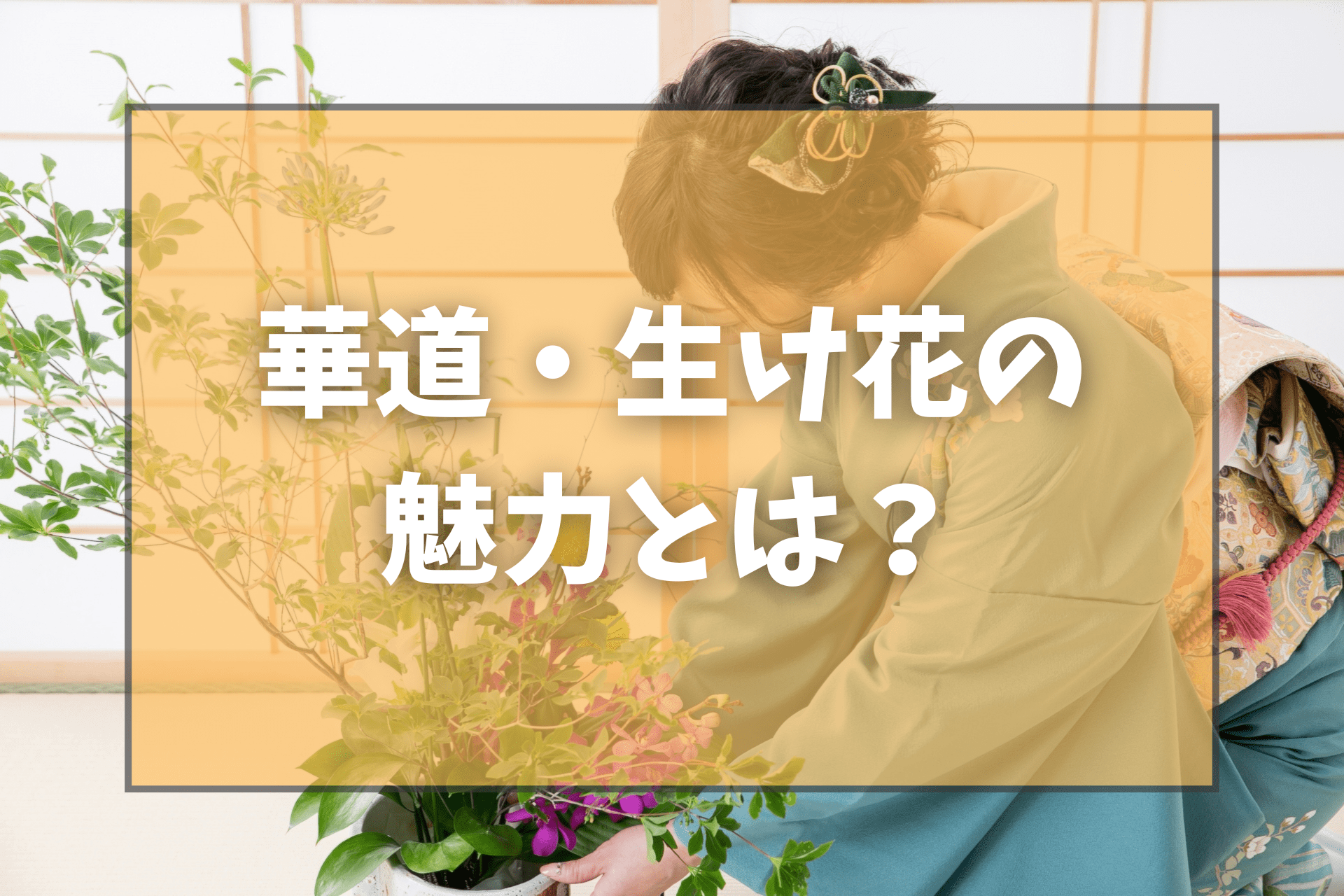華道、または「花道」は、茶道や煎茶道と並ぶ日本の伝統的な芸術であり、生け花としても知られています。華道は、単なる花を生ける技術ではなく、自然と人間の調和を象徴する深い哲学と文化が込められています。この記事では、華道を英語で説明するための方法を解説し、その背景や重要な要素についても触れていきます。
華道についてさらに詳細に知りたい方はこちらの記事も合わせてご覧ください。
1. 華道の基本的な説明
華道を英語で説明する際、まずはその定義と基本的な概念を理解しておくことが重要です。以下は、華道を英語で簡潔に説明する例です。
“Kado, also known as Ikebana, is the traditional Japanese art of flower arrangement. It is not just about placing flowers in a vase; it is a disciplined art form in which the artist aims to bring out the beauty of nature and create harmony between flowers, leaves, and the container.”
この説明では、華道が単なる花の配置ではなく、自然の美しさを引き出し、調和を生み出すための芸術であることを強調しています。また、「Ikebana」という言葉を使うことで、英語圏の読者に対しても親しみやすくなります。
2. 華道の歴史と背景
華道の歴史や背景を説明する際には、その起源や発展について触れると良いでしょう。
“The origins of Kado can be traced back to the 6th century when Buddhism was introduced to Japan. Initially, flower offerings were made at Buddhist altars. Over time, these arrangements evolved into an art form, with formalized rules and principles. Kado reached its peak during the Muromachi period (1336-1573) and became an integral part of Japanese culture.”
ここでは、華道の仏教との関わりや、室町時代における発展について説明しています。これにより、華道が単なる技術ではなく、日本の歴史と密接に結びついた文化的伝統であることが伝わります。
3. 華道の哲学と美学
華道は、深い哲学と美学を持つ芸術であり、その考え方を英語で説明することも重要です。
“Kado emphasizes the balance and harmony between the natural elements and the artist’s interpretation. The concept of ‘wabi-sabi,’ which appreciates the beauty in imperfection and simplicity, is deeply embedded in Kado. The arrangement often reflects the changing seasons and the transient nature of life, which is a core principle in Japanese aesthetics.”
このセクションでは、**「わび・さび」**の概念や、四季折々の変化を反映する華道の美学について説明しています。これにより、華道がただの装飾ではなく、人生の儚さや自然の美しさを表現する手段であることが強調されています。
4. 華道の実践と学び
華道の実践について説明する際には、学ぶ過程や重要な要素に触れることが重要です。
“Practicing Kado requires not only technical skills but also a deep understanding of the underlying philosophy. Students often spend years learning under a master, mastering the basic forms and gradually developing their own style. The tools used, such as scissors, vases, and flowers, are carefully selected to enhance the overall arrangement.”
ここでは、華道を学ぶためには技術だけでなく、哲学的な理解も必要であることを強調しています。また、華道で使用される道具や花材についても言及し、その選び方が作品全体にどのように影響するかを説明しています。
5. 英語での華道の紹介方法
最後に、英語で華道を紹介する際のコツやポイントについて触れます。
“When introducing Kado to an English-speaking audience, it’s important to emphasize its cultural and philosophical aspects. Use simple language to explain complex concepts, and draw parallels to Western art forms when possible. Highlight the connection between nature and art, and encourage the audience to appreciate the subtle beauty that Kado offers.”
ここでは、華道を英語で説明する際のポイントをまとめています。簡潔な言葉を使い、文化的な背景を強調することで、読者に華道の魅力を効果的に伝える方法を提案しています。
まとめ
華道を英語で説明するには、その歴史や哲学、美学を理解し、適切な言葉で伝えることが重要です。華道の魅力を英語で効果的に伝え、世界中の人々にその美しさを共有しましょう。
華道にさらに興味を持たれた方におすすめ関連記事をご紹介します。
投稿者プロフィール

- 日本茶講師/和文化PR
- 大学卒業後、老舗和菓子屋に入社。京都にて茶道、生け花、日本画を学び、日本文化への造詣を深める。和菓子屋での経験を活かし、その後、日本文化専門のマーケティング会社に勤務。現在はフリーランスの茶人として活動しながら、伝統と現代を結びつける活動を通じて、日本文化の魅力を広めている。
最新の投稿
- 2025年3月31日パワースポット大阪阿倍野パワースポット安倍晴明神社のご利益とは?やばいって噂は本当?なんの神様?阿倍王子神社との関係、京都の晴明神社の違い、アクセス方法を解説!
- 2025年3月30日パワースポット佐倉市パワースポット麻賀多神社のご利益とは?なんの神様?お守り情報、見どころ、由緒、ユダヤとの関係、アクセス方法や駐車場情報を解説!
- 2025年3月30日パワースポットパワースポット宮崎神宮のご利益とは?なんの神様?お守りや御朱印、歴史、アクセス、駐車場など解説!
- 2025年3月30日パワースポット吉祥寺のパワースポット神社「武蔵野八幡宮」のご利益とは?なんの神様?厄払い、スピリチュアルな不思議体験、レビューや評判、アクセス方法を解説!



